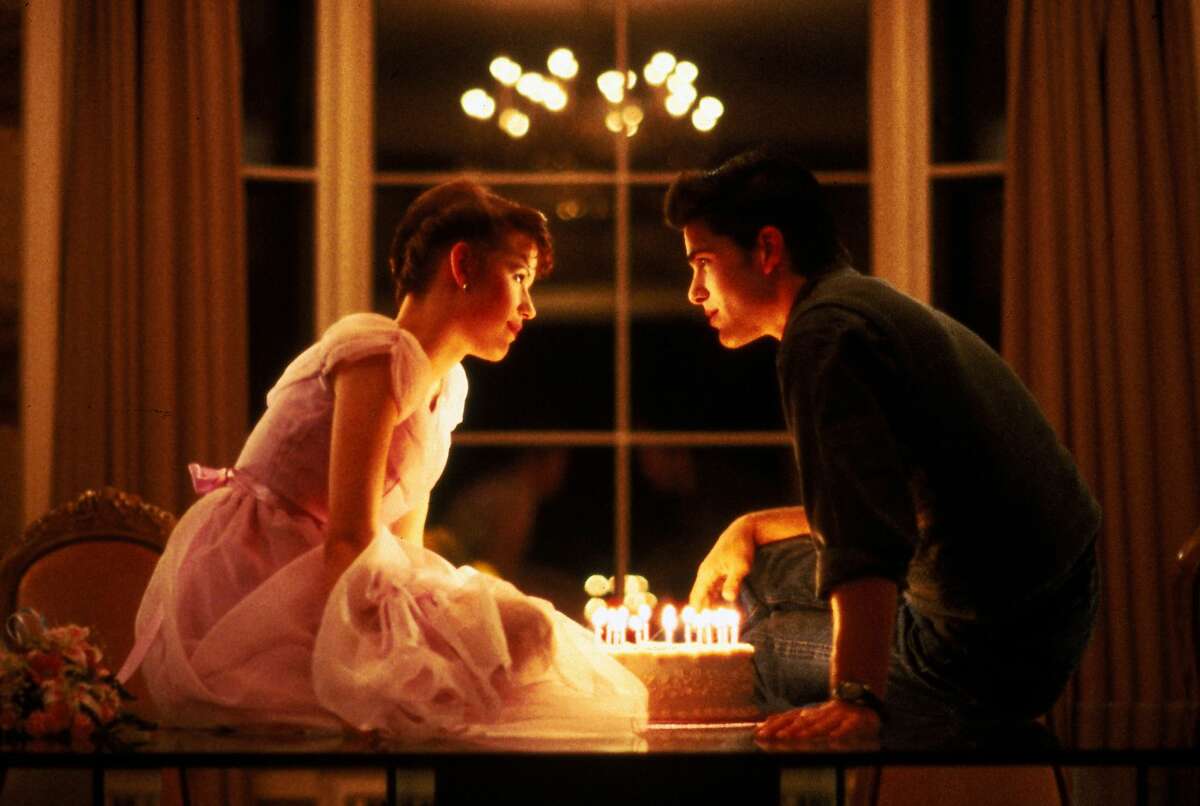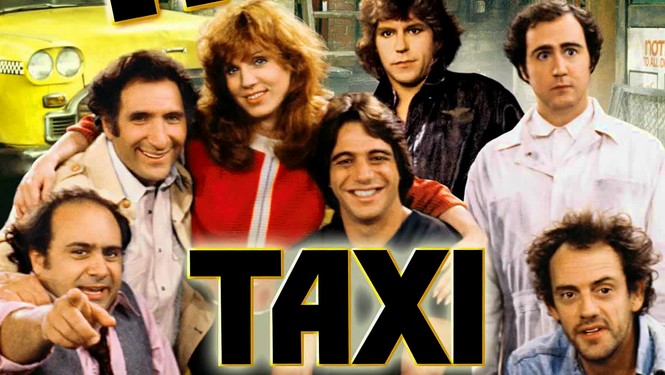In the early 1970s, John Lennon, a musical icon and former Beatle, embarked on a solo career that would not only redefine his artistic identity but also provide him with a platform to address social and political issues. One of the most poignant moments in this journey occurred during the Jerry Lewis Telethon in 1972.

Lennon's Solo Journey

Following the dissolution of the Beatles in 1970, John Lennon faced the challenge of establishing himself as a solo artist. Freed from the collaborative constraints of the band, Lennon's solo work allowed him to explore his personal and artistic freedom. Albums like "John Lennon/Plastic Ono Band" and "Imagine" showcased a more introspective and politically charged side of the artist.
Parallel to his musical pursuits, Lennon became increasingly involved in social and political activism. From his anti-war protests to his avant-garde "bed-ins" for peace, Lennon used his platform to advocate for change and challenge societal norms. The Jerry Lewis Telethon presented another opportunity for him to align his music with a social cause.
The Jerry Lewis Telethon

The Jerry Lewis Telethon, officially known as the Muscular Dystrophy Association (MDA) Telethon, was an annual Labor Day tradition that raised funds for research and support for those affected by muscular dystrophy. Hosted by comedian Jerry Lewis, the telethon was a marathon broadcast that featured a mix of entertainment, heartfelt testimonials, and live performances.
Lennon's decision to participate in the telethon was deeply personal. His former bandmate and close friend George Harrison's wife, Pattie Boyd, had a nephew suffering from muscular dystrophy. This connection spurred Lennon to use his influence to raise awareness and funds for the cause.
The Lead-Up to the Telethon

The news of Lennon's participation in the Jerry Lewis Telethon took many by surprise. The enigmatic musician, known for his sporadic public appearances, was not a typical guest for a mainstream televised charity event. The announcement generated significant anticipation and speculation.
As the date of the telethon approached, Lennon engaged in rehearsals and preparations for his performance. Collaborating with a group of seasoned session musicians, he carefully curated a setlist that would not only showcase his musical prowess but also convey a deeper message.
The Emotional Performance

On the night of the telethon, Lennon took the stage to perform two iconic songs: "Come Together," a Beatles classic, and "Give Peace a Chance," a anthem of the anti-war movement. The choice of these songs was deliberate, reflecting Lennon's commitment to using his art to convey messages of unity and peace.
What unfolded on stage was more than a musical performance; it was a display of vulnerability and raw emotion. Lennon, clad in denim and his trademark circular glasses, delivered a soulful rendition of "Come Together" that resonated with the audience. The stripped-down arrangement and Lennon's emotionally charged delivery made it a moment of profound connection.
Following "Come Together," Lennon seamlessly transitioned into "Give Peace a Chance." What began as a solo performance transformed into a communal experience as the audience joined in a spontaneous sing-along. The power of the moment lay in its simplicity and the shared belief in the transformative potential of peace.
Impact and Legacy

Lennon's appearance on the Jerry Lewis Telethon successfully raised awareness for muscular dystrophy and contributed to the fundraising efforts of the event. The combination of his star power and the personal connection to the cause resonated with viewers, inspiring them to contribute to the fight against the debilitating disease.
The telethon performance marked a departure from Lennon's sometimes aloof public persona. By embracing the telethon's charitable cause and showcasing his vulnerability on stage, Lennon endeared himself to a broader audience. The performance humanized him, reinforcing the idea that behind the rock 'n' roll legend was a man deeply invested in making a positive impact.
Lennon's participation in the Jerry Lewis Telethon set a precedent for artists to use their platform for social and charitable causes. In the years that followed, musicians increasingly engaged in activism, using their influence to raise awareness and funds for various issues.
Conclusion

John Lennon's performance on the Jerry Lewis Telethon in 1972 remains a powerful moment in the artist's career and a milestone in the intersection of music and activism. The emotionally charged renditions of "Come Together" and "Give Peace a Chance" showcased Lennon's commitment to using his art as a force for positive change. Beyond the impact on muscular dystrophy awareness and fundraising, the telethon performance contributed to Lennon's evolving public image, emphasizing his humanity and social consciousness. In the realm of televised charity events, Lennon's appearance on the Jerry Lewis Telethon remains a beacon of sincerity and a testament to the transformative power of music in the service of a greater good.



